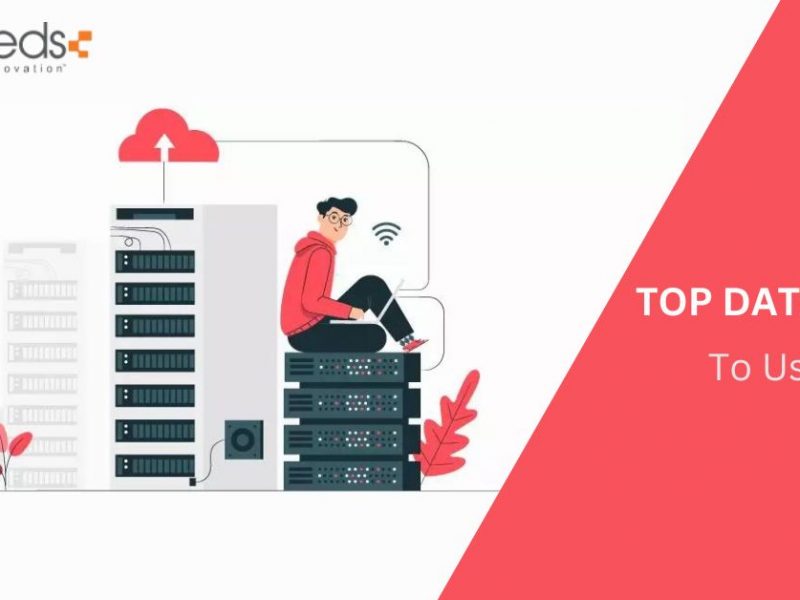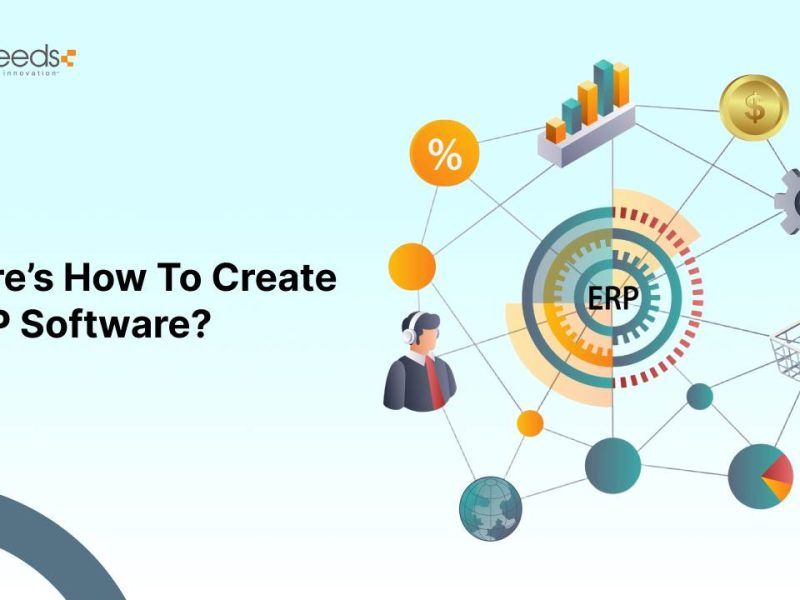In today’s rapidly evolving healthcare landscape, adopting the right Electronic Health Record (EHR) software has become an essential step for healthcare providers looking to streamline their operations, improve patient care, and enhance overall efficiency. But while the benefits of EHR systems are undeniable, the process of integrating new EHR software into your practice can seem like a daunting task.
Many practices encounter challenges such as resistance from staff, data migration issues, and training roadblocks. However, with the right approach, you can ensure a smooth and successful transition.
In this article, we’ll walk you through the best practices for integrating EHR software seamlessly, helping you avoid common pitfalls and get the most out of your new system.
1. Understand Your Practice’s Needs
Before diving headfirst into selecting and implementing a new electronic health record system, take a step back and evaluate the specific needs of your practice. Every healthcare facility is different, and what works for one may not necessarily work for another. It’s essential to have a clear understanding of what you want to achieve with your new EHR software.
Ask yourself:
- What are the current challenges we’re facing with our existing system (if any)?
- What features are absolutely necessary for our operations?
- How do we want the EHR to integrate with other systems such as billing, lab management, or patient engagement tools?
Understanding your needs will not only help you choose the best EMR software for your practice but will also make the transition smoother by aligning the software’s capabilities with your operational goals.
2. Involve Your Team From The Start
One of the most significant mistakes practices make during EHR integration is not involving their staff in the decision-making process. Remember, your team will be using this system daily, so it’s crucial that they feel comfortable with the chosen software.
By involving key staff members—such as physicians, nurses, and administrative personnel—in the evaluation and selection process, you can ensure that the system meets the needs of all departments. Additionally, early involvement will make them feel invested in the transition, reducing resistance to change.
Hold regular meetings with your staff to discuss:
- Their specific needs and preferences in an EHR system
- Concerns or fears they might have about switching to a new system
- How they feel about the current workflow and where they see room for improvement
This feedback can be invaluable in ensuring the new EHR system is well-received and can streamline workflows efficiently.
3. Prioritize Training And Support
Even the most intuitive EHR systems come with a learning curve, and adequate training is vital to a successful transition. Without proper training, staff may feel overwhelmed, leading to frustration and decreased productivity.
Consider implementing a structured training program tailored to the different roles within your practice. This could include:
- Group training sessions for staff to learn the basics of the new system.
- Role-specific training to ensure that physicians, nurses, and administrative staff are all familiar with the features most relevant to their job functions.
- Ongoing support and refresher courses to address any issues that arise post-implementation.
Many EHR vendors offer comprehensive training packages, and you should take full advantage of them. Also, appointing “super users” within your team—staff members who undergo advanced training—can be a great way to ensure that there’s always someone on-site who can help troubleshoot and answer questions.
4. Prepare For Data Migration
One of the trickiest parts of switching to a new EHR system is transferring your existing patient data from your old system to the new one. Ensuring that this process is smooth, secure, and accurate is paramount to maintaining patient care quality.
To make data migration as seamless as possible:
- Work closely with your new EHR vendor to ensure they have the tools and expertise to migrate data efficiently.
- Review your data for any inconsistencies, errors, or outdated information before the migration begins.
- Ensure that patient records are securely transferred and that no sensitive information is lost in the process.
Your new EHR system should also have data auditing features to ensure that once the migration is complete, you can verify the accuracy and completeness of the information.
5. Focus On Workflow Optimization
While EHR systems are designed to improve efficiency, they can sometimes create new bottlenecks if not integrated into your practice’s workflow properly. To prevent this, it’s essential to take a close look at your current processes and identify areas where the EHR system can add value without causing unnecessary disruptions.
During this phase, work with your team to:
- Map out your existing workflow and identify areas for improvement.
- Customize the new EHR system to match your workflow as closely as possible, ensuring that it enhances, rather than complicates, day-to-day operations.
- Test the system in a real-world environment before fully launching it to catch any issues early.
When done correctly, the right EHR can reduce the time spent on administrative tasks, improve communication between staff, and lead to more efficient patient care.
6. Don’t Overlook Patient Engagement
One of the most critical but often overlooked aspects of EHR integration is how the system can enhance patient engagement. Many modern EHR systems come with features that allow patients to take a more active role in their healthcare, such as online appointment scheduling, secure messaging, and access to their medical records.
Leveraging these features not only improves patient satisfaction but can also lead to better health outcomes. For example, patients who can easily access their health information and communicate with their providers are more likely to adhere to treatment plans and follow up on recommended screenings.
To maximize the benefits of patient engagement tools, consider pairing your EHR system with the best patient engagement software. This combination can help streamline communication, improve patient education, and foster a more collaborative doctor-patient relationship.
7. Monitor Progress And Gather Feedback Post-Implementation
Your work isn’t done once the EHR system is live. In fact, post-implementation monitoring is one of the most critical steps to ensuring long-term success.
After the system has been implemented:
- Regularly gather feedback from staff and patients to identify any ongoing issues or areas for improvement.
- Track key performance metrics such as appointment scheduling efficiency, billing accuracy, and patient satisfaction to gauge the system’s impact.
- Make adjustments to the system as needed, whether it’s customizing features further or offering additional training to staff.
Continuous improvement is key to ensuring your EHR system continues to meet the needs of your practice over time.
Conclusion
Integrating EHR software into your practice doesn’t have to be a stressful experience. By taking the time to understand your practice’s unique needs, involving your team in the process, prioritizing training, and keeping patient engagement at the forefront, you can ensure a smooth and successful transition.
Remember, the right EHR system isn’t just a tool for managing patient records—it’s a way to optimize your workflow, improve patient care, and enhance your practice’s overall efficiency. So take the time to choose wisely, train thoroughly, and monitor continuously to get the most out of your new EHR system.
By following these best practices, your practice will be well-equipped to navigate the complexities of EHR integration with ease and confidence!



Naveen Khanna is the CEO of eBizneeds, a company renowned for its bespoke web and mobile app development. By delivering high-end modern solutions all over the globe, Naveen takes pleasure in sharing his rich experiences and views on emerging technological trends. He has worked in many domains, from education, entertainment, banking, manufacturing, healthcare, and real estate, sharing rich experience in delivering innovative solutions.


